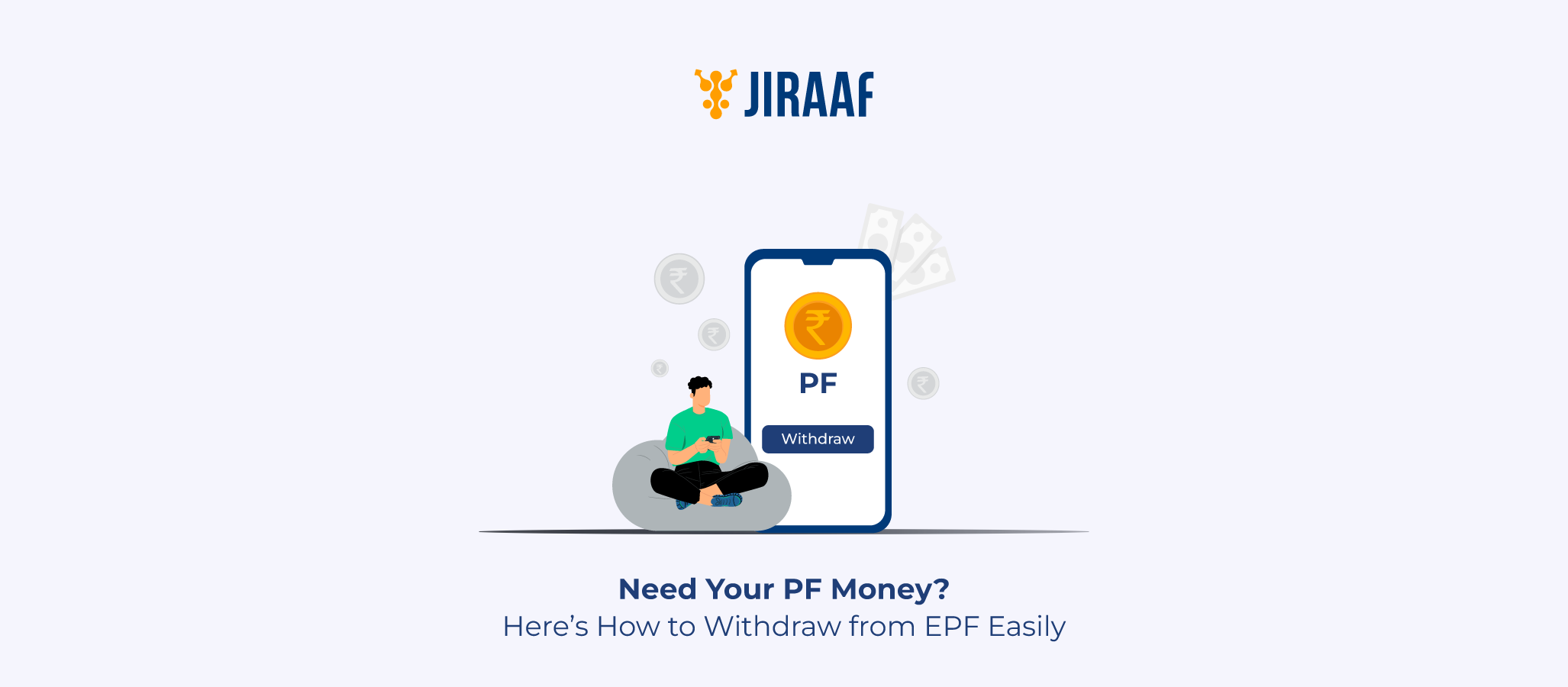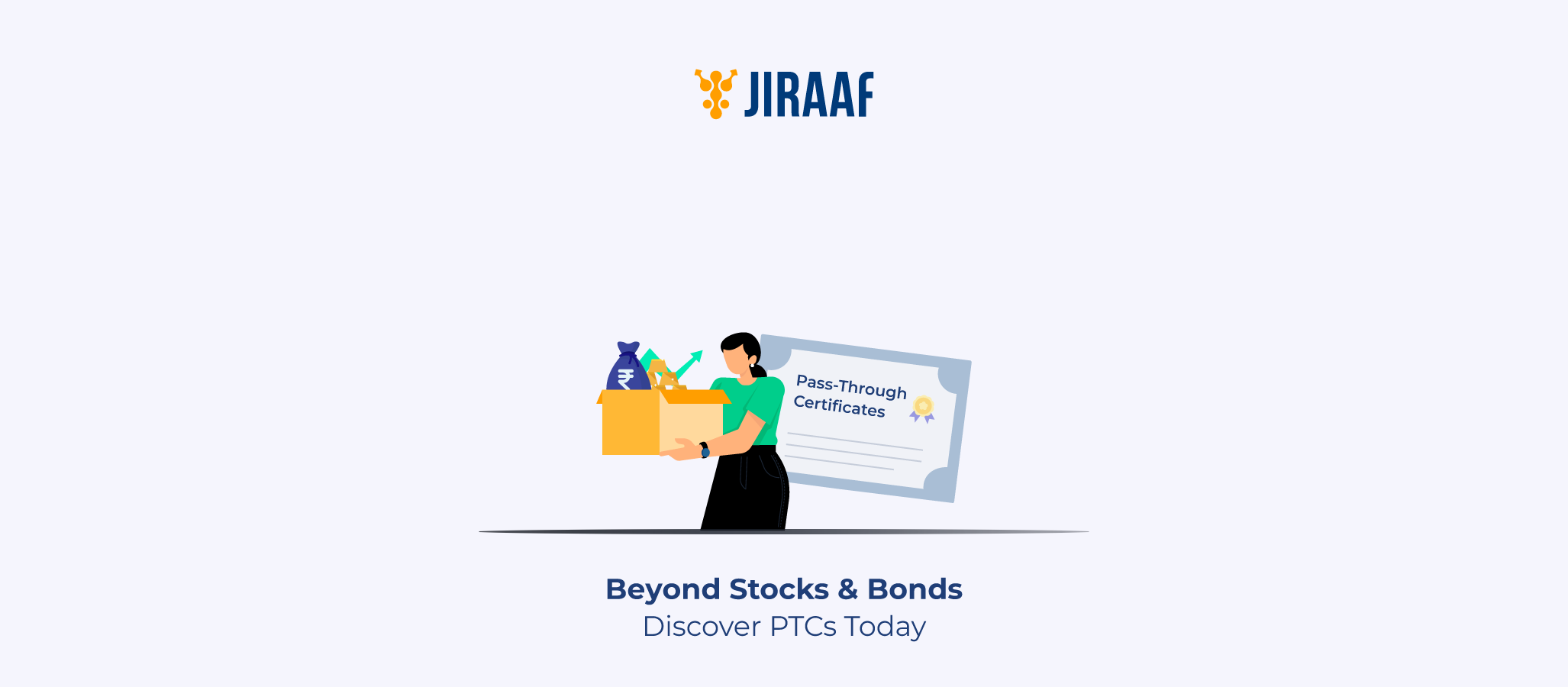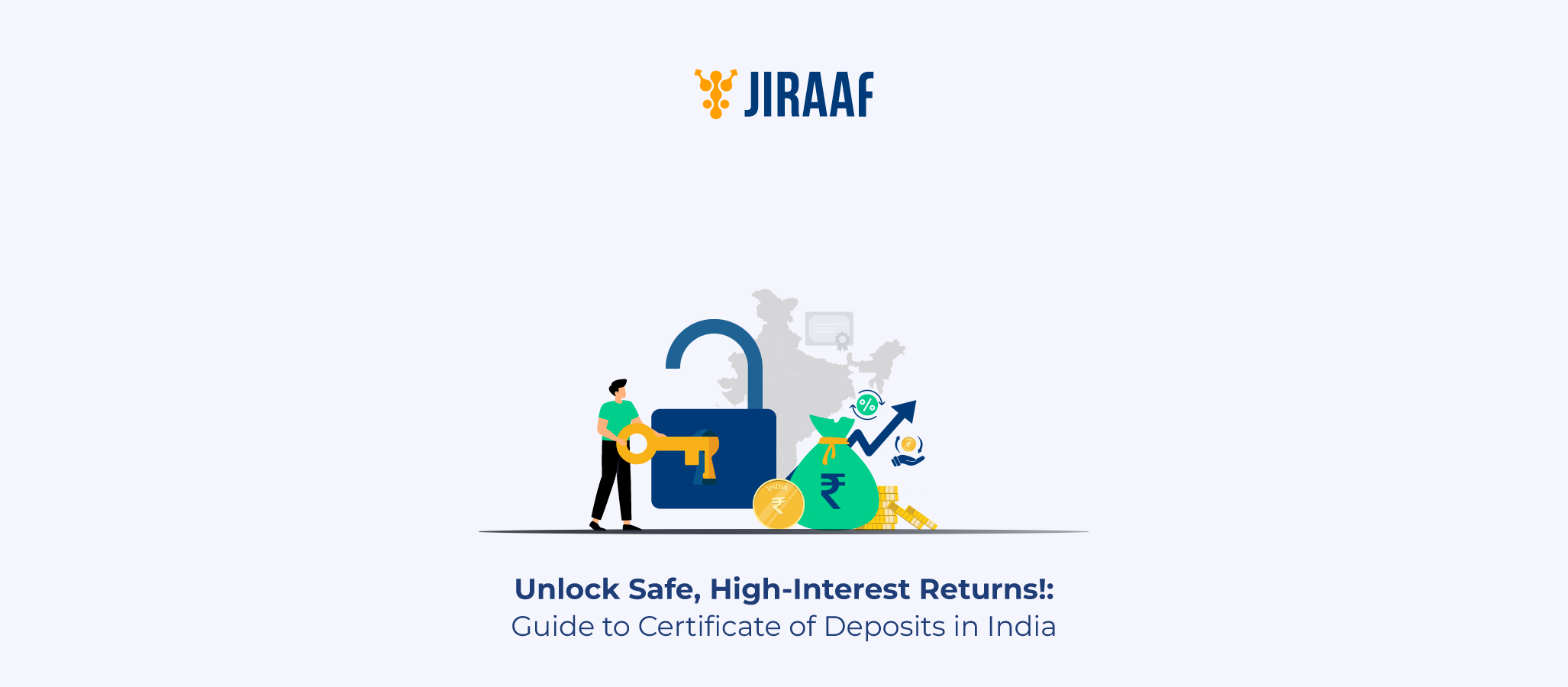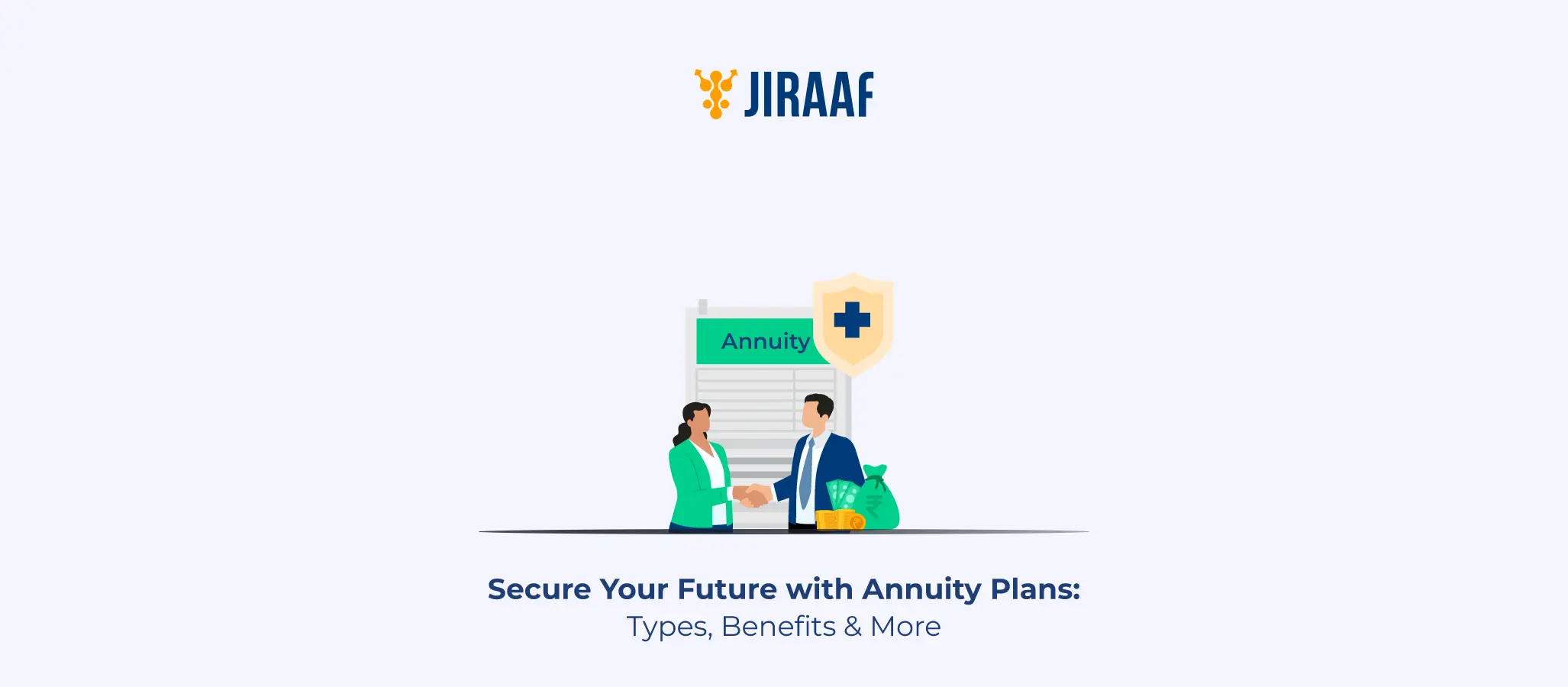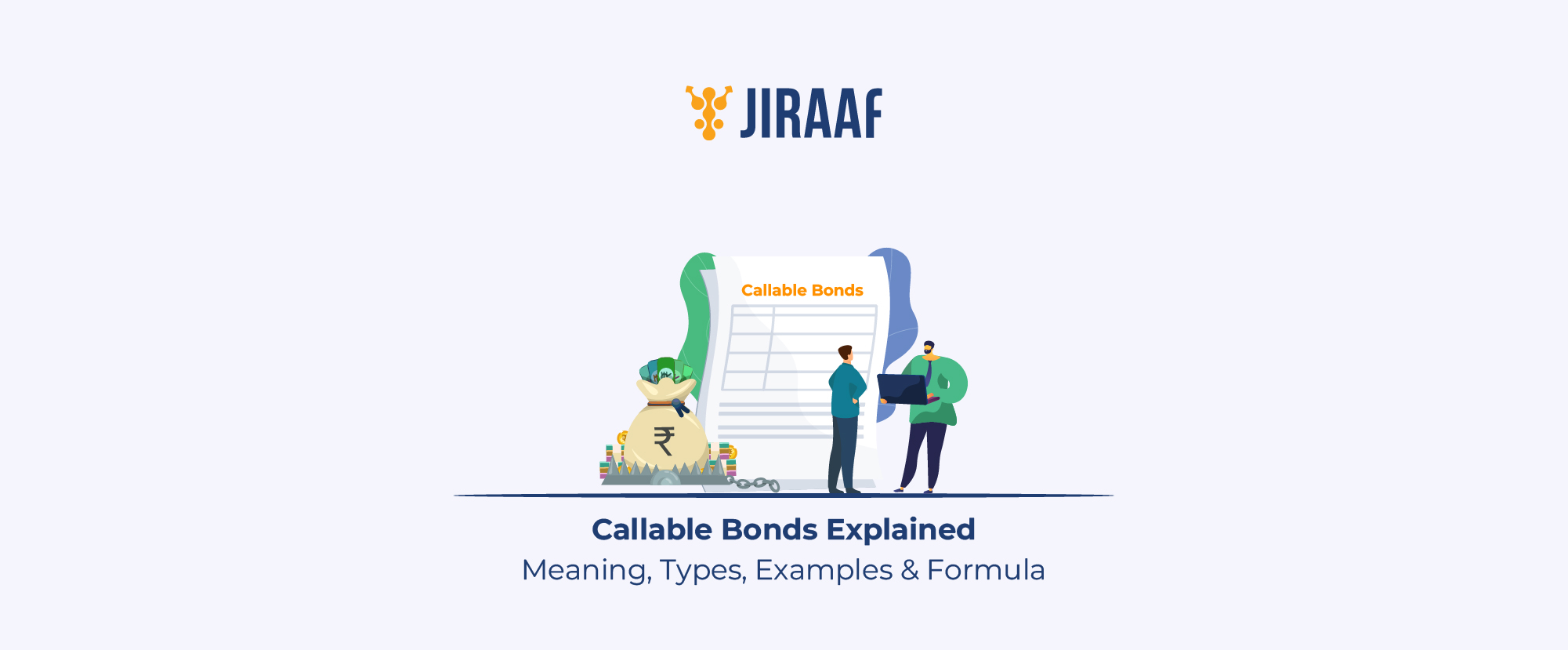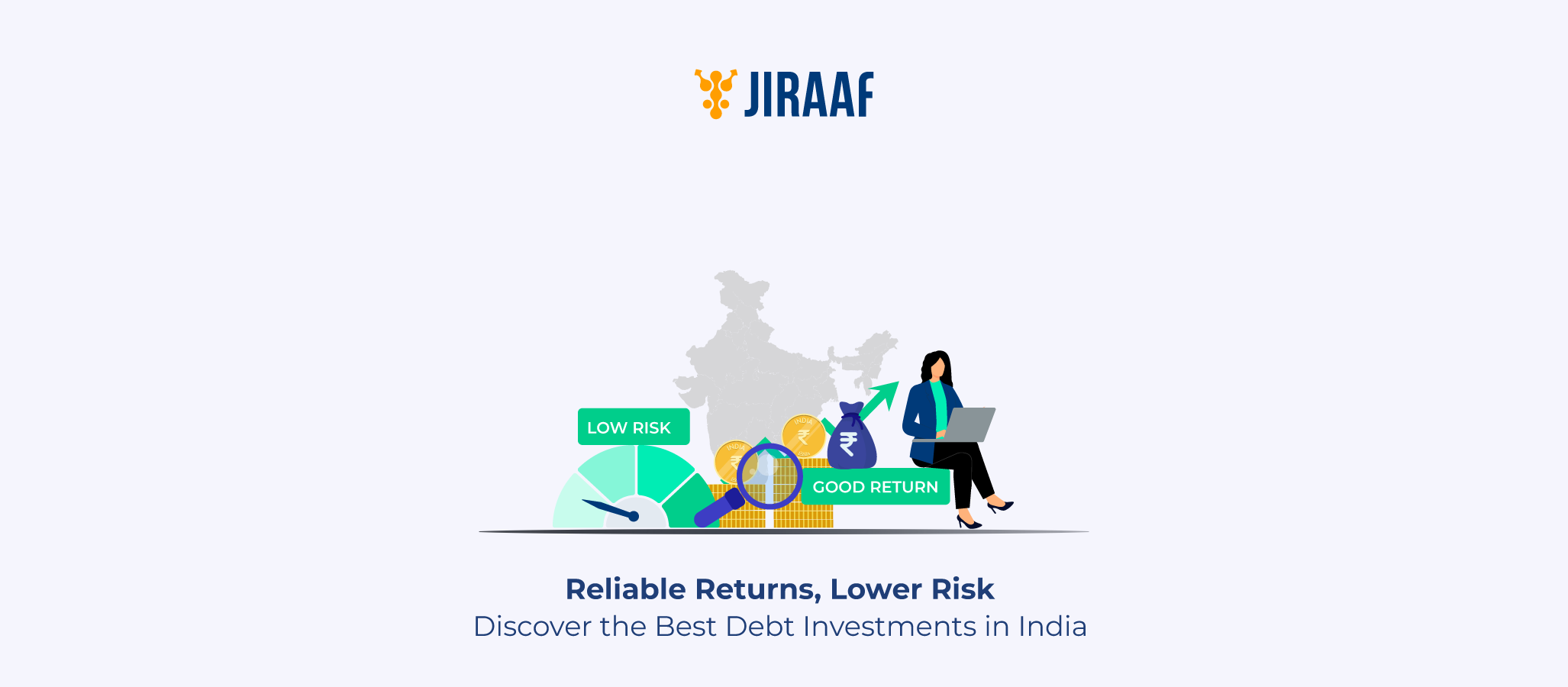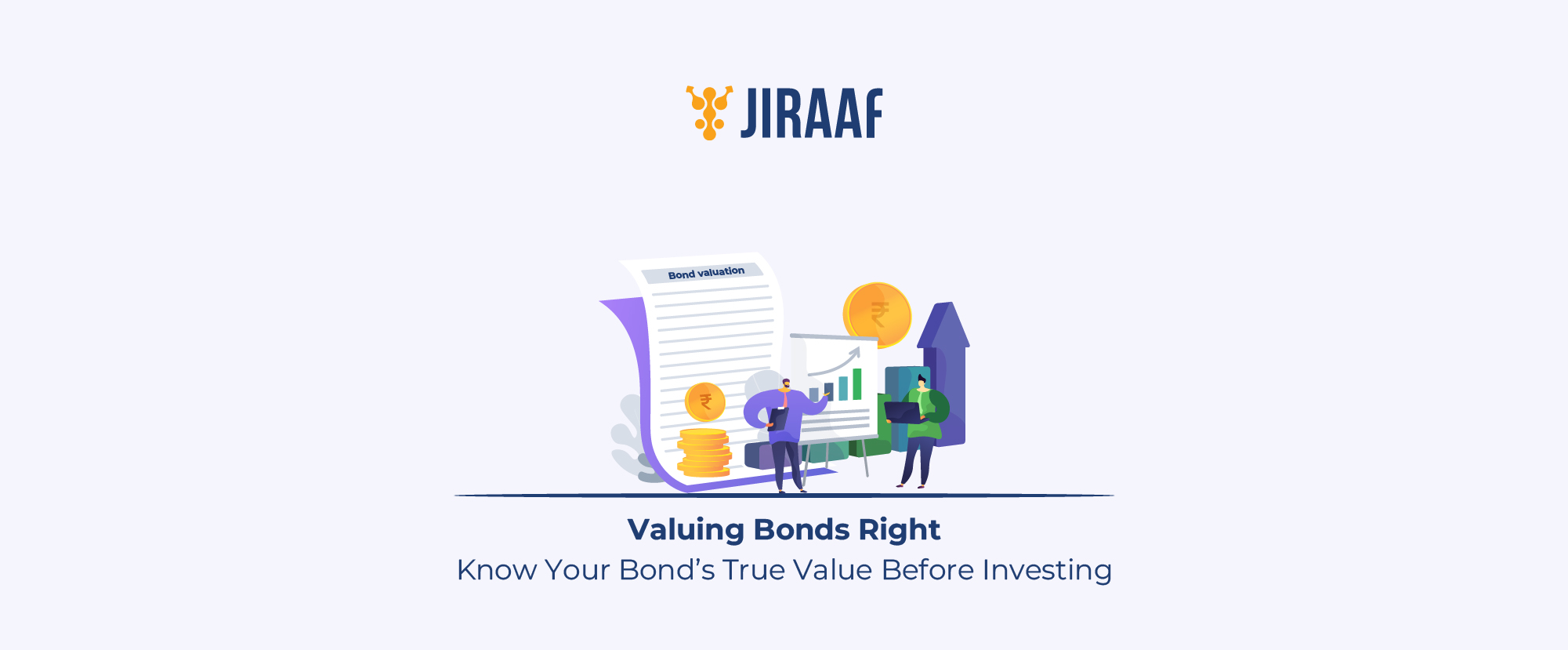The Employees’ Provident Fund (EPF) is one of the most widely used retirement savings schemes in India. Managed by the Employees’ Provident Fund Organisation (EPFO), this scheme enables salaried employees to save a portion of their salary every month, matched by an employer contribution. But when it’s time to access these funds, many are unsure how to go about it.
This comprehensive guide will walk you through how to withdraw money from EPF, covering online steps, eligibility, documentation, withdrawal rules, timelines, and more.
Who is Eligible to Withdraw EPF Funds?
EPF funds can be withdrawn either partially or fully under certain conditions. Here’s who is eligible:
Full EPF Withdrawal:
- After Retirement (on or after 58 years of age)
- Unemployment for more than 2 months
- Leaving the job permanently (with no intention to work again)
Partial EPF Withdrawal:
- Medical emergencies
- Home loan repayment or house construction
- Marriage/education of self or children
- Natural calamity, disability, or pandemic situations
Note: Partial withdrawals are subject to certain conditions, such as years of service, purpose, and maximum withdrawal limits.
Documents Required for EPF Withdrawal
You’ll need the following documents for a smooth EPF withdrawal process:
- UAN (Universal Account Number)
- Bank account details (linked with UAN)
- PAN card (mandatory if withdrawing over ₹50,000)
- Aadhaar card (linked with UAN and mobile)
- Cancelled cheque (in some cases for offline claims)
- EPF withdrawal form (auto-filled for online)
Ensure your KYC is updated in the EPFO portal before applying.
How to Withdraw EPF Online Using UAN
You can now submit EPF withdrawal claims completely online without visiting your employer or EPFO office.
Prerequisites:
- Activated UAN linked with Aadhaar and PAN
- Bank details verified in EPFO records
- Mobile number linked with Aadhaar
Steps:
- Go to the Unified Member Portal: https://unifiedportal-mem.epfindia.gov.in/memberinterface/
- Log in using your UAN and password
- Go to Online Services > Claim (Form-31, 19 & 10C)
- Enter the last four digits of your bank account for verification
- Click on “Proceed for Online Claim”
- Select the appropriate claim type (Full EPF, Partial, Pension Withdrawal)
- Fill in the required details and upload scanned documents if prompted
- Submit a claim
You will receive a tracking number for status updates.
EPF Withdrawal Process: Step-by-Step Guide
Here’s the full process breakdown:
Online Process (Preferred):
- Login → Enter KYC → Verify OTP → Submit form
Offline Process:
- Download Form 19/10C/31
- Fill in details manually
- Submit to the regional EPF office
- Takes more time and may require employer attestation
EPF Withdrawal Forms:
- Form 19: Final settlement
- Form 10C: Pension withdrawal benefits
- Form 31: Partial withdrawal (advance)
When Can You Withdraw EPF?
EPF rules allow full and partial withdrawals under specific scenarios:
Full Withdrawal:
- After retirement (Age 58)
- 2+ months of unemployment
- Permanent disablement
Partial Withdrawal:
| Purpose | Minimum Service | Max Withdrawal Limit |
| Medical Treatment | None | 6x basic + DA or employee share |
| Marriage/Education | 7 years | 50% of the employee share |
| Home Loan Repayment | 3 years | 90% of the total corpus |
| House Construction/Purchase | 5 years | 36x basic + DA |
How to Check EPF Withdrawal Status
Once you’ve submitted your claim, you can track it online:
- Log in to the EPFO Member Portal
- Go to Online Services > Track Claim Status
- Enter UAN and Captcha
- View current status (Under Process / Approved / Rejected / Settled)
Status is updated in real-time, and you also receive SMS/email alerts.
How to Withdraw PF Amount After Leaving the Job
After leaving a job:
- Wait 60 days (if not joining another job)
- Ensure KYC is updated and the exit date is marked by the employer
- Apply online using Form 19 + 10C
- No employer attestation needed if Aadhaar verified
If you join another company, you should transfer the EPF account using the UAN portal instead of withdrawing.
EPF Withdrawal Rules You Should Know
- You can’t withdraw the full EPF while employed
- TDS (Tax Deducted at Source) is applicable if:
- Less than 5 years of service
- Withdrawal exceeds ₹50,000 (if PAN not provided)
- Tax-free if:
- 5+ years of continuous service
- Withdrawal after retirement
EPF Withdrawal Time
- Online: 5–15 working days
- Offline: 15–30 days
Common EPF Withdrawal Reasons
- Unemployment
- Medical emergency
- Home loan or purchase
- Child’s marriage/education
- Natural calamity/lockdown
- Permanent disability or demise
Choose an appropriate reason while submitting an online claim.
Conclusion
Withdrawing EPF funds has become far more convenient with the digital processes implemented by the EPFO. Whether you’re facing an emergency or planning your retirement, understanding the EPF withdrawal process empowers you to make informed decisions.
Just ensure your UAN is active and KYC is complete, and follow the step-by-step process online to enjoy a seamless claim experience.
Frequently Asked Questions (FAQs)
Can I withdraw EPF online without employer approval?
Yes, if your Aadhaar is linked with UAN and verified by your employer.
What documents are required for EPF withdrawal?
UAN, Aadhaar, PAN (if applicable), bank details, and optionally a cancelled cheque.
How long does it take to get EPF money after applying online?
Usually 5 to 15 working days.
Can I withdraw EPF if I am still employed?
Only partial withdrawal is allowed for specific reasons like illness or home purchase.
How to track EPF withdrawal status?
Log in to the EPFO portal > Online Services > Track Claim Status.
Is EPF withdrawal taxable?
Yes, if withdrawn before 5 years of service and PAN not submitted.
How much EPF can I withdraw after leaving a job?
Up to 100% if unemployed for 2 months or post-retirement.
What are the valid reasons for EPF withdrawal?
Marriage, education, medical treatment, home purchase, job loss, etc.
Discover fixed income investments with Jiraaf, a SEBI registered online bonds platform that educates and brings access to a wide array of bonds. Sign up today to explore diversified fixed income investment opportunities to support your goal-based wealth creation journey. Start investing!
